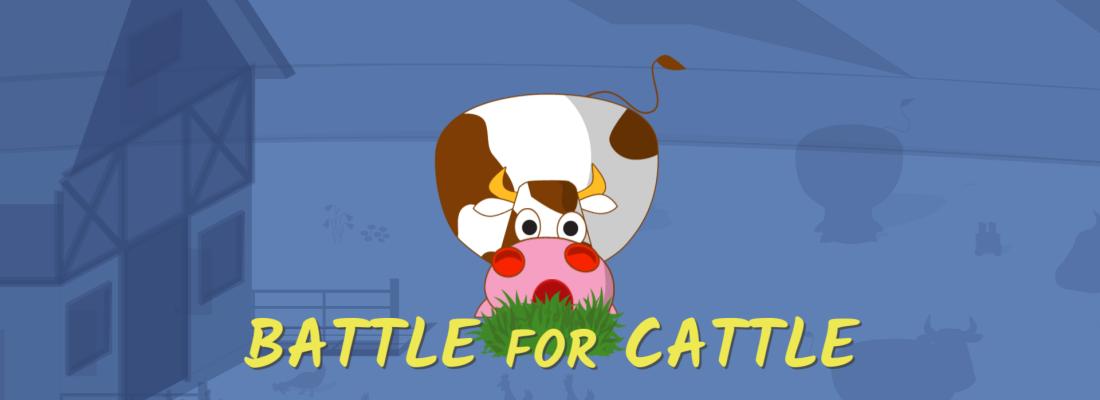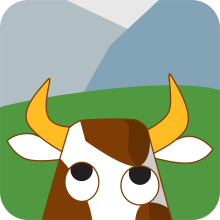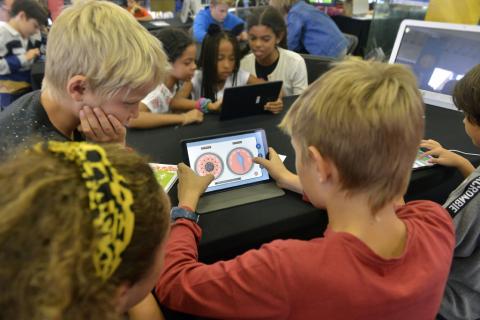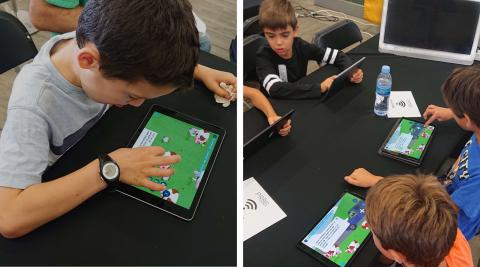Food, Global Health Reading time 3 min
Save sick cows in “Battle for Cattle,” a free science strategy game
Published on 09 March 2020

“Battle for Cattle” is now available in 10 languages, online at www.battleforcattle.com and at the Apple’s App Store and Google’s Play Store, for iOS and Android devices respectively. It was devised by the Austrian science communication company Biofaction.
“Battle for Cattle” enables its players to understand the role of pathogens, antibiotics, and vaccines by becoming vaccine developers themselves. The players begin in a colourful, fun farm, where they find themselves confronted with sick cows. Gradually learning about antibiotics, and the problem of antibiotics overuse, players are challenged by a surge in antibiotic resistance and their inability to combat the resistant pathogens. At this moment, the game introduces the principles of vaccines and their relevance. Over the course of several levels, the player takes control of the design of a synthetic biology vaccine as they try to save as many cows as possible.
“The science game 'Battle for Cattle' puts players in the position of scientists who want to solve a health problem for farm animals. The rather complex scientific challenges are translated into different game levels, to enable citizens of all ages and backgrounds to understand what it takes to develop a new vaccine!”, explains Camillo Meinhart from Biofaction, one of the developers of the game.

What do MycoSynVac and “Battle for Cattle” deal with
The game was developed as part of the MycoSynVan project, which is financed by the European Union Research and Innovation programme Horizon 2020. MycoSynVac aims to solve antibiotic resistance in farm animals by designing vaccines using synthetic biology. Every year countless cows, pigs, and chickens are dosed with large amounts of antibiotics in order to control disease outbreaks and avoid significant economic losses. However, excessive use of antibiotics in livestock farming gives rise to antibiotic resistance—a hot topic that specifically affects humans.
Developed in close collaboration between scientists from the MycoSynVac project and designers from Biofaction, “Battle for Cattle” has been made available, for free, to science enthusiasts, teachers, students, and anyone interested in current issues and research. The game was released in 10 languages and for multiple formats: online at www.battleforcattle.com and at the Apple’s App Store and Google’s Play Store for iOS and Android devices respectively.

|

|
Video: https://www.youtube.com/watch?v=buUT7csA3As
Google Playstore: https://play.google.com/store/apps/details?id=com.biofaction.battleforcattle
iTunes Store: http://appstore.com/battleforcattle
